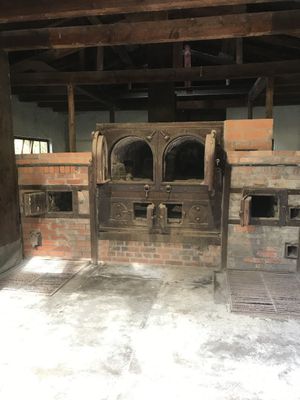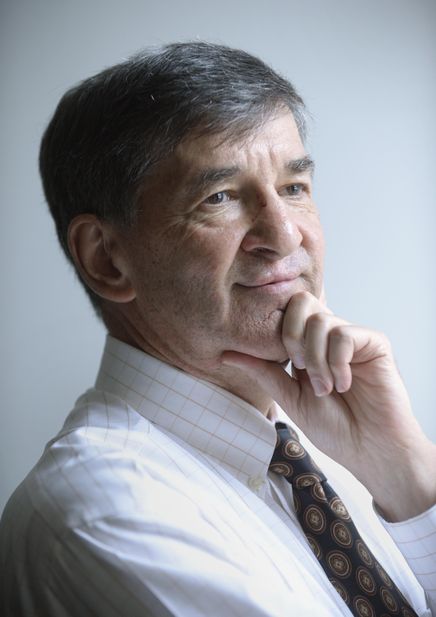Dachau concentration camp: Never forget
DACHAU, Germany — The lessons learned at the Dachau concentration camp are always timely and bear repeating time after time after time.
Three years ago, during my three-month of 15 European countries, I visited Auschwitz, the ghastly concentration camp in Poland. The numbers of prisoners and deaths at the two sites are not comparable. An estimated one million Jewish prisoners died at the Auschwitz camps, while an estimated 41,500 Jews, Poles, gays and Jehovah’s Witnesses were killed or died at Dachau. The Auschwitz camps were spread over 470 acres, while Dachau covered nearly 25 acres. Despite the obvious difference in deadly operations, the unimaginable evil was exactly the same.
My girlfriend, Claudia Erickson, accompanied me on Monday as we walked the grounds of Dachua. She had already visited the camp about 35 years ago when her family lived in Germany, but she shared my astonishment anew as we walked past the cells and read the narrative material that documented the maniacal efficiency of Adolph Hitler’s killing machine.
Dachau was established as a concentration camp, serving mostly as a detention and labor camp, while sites such as Auschwitz were extermination camps or death camps.
The deadly scope of the Nazi efficiency is hard to comprehend, even when you are on the camp grounds, tracing the paths of so many humans who were destined to die from labor exhaustion, disease outbreaks in the barracks or were lined up for the showers which were actually gas chambers.
Dachau, built in 1931, was the first one established for political prisoners by the Hitler machine. The camp brochure for visitors explains that Dachau served as a prototype for all subsequent concentration camps and as a “school of violence” for the SS, under whose command it stood.
Ever dedicated to deadly details, the Nazis installed concrete walls with extra thickness in one of the main buildings so those in prison cells could not hear the screams of others being tortured in nearby rooms.
When prisoners entered one of the camps, they typically would see a sign on the wrought iron gate that read “Work sets you free.” In November 2014, unknown persons forcibly entered the Dachau grounds and stole the historical gate. A replica has replaced the gate. In December 2016 an anonymous tip enabled police to recover the stolen gate in Bergen, Norway. The thieves were never found and the gate is now set in a secure display at the camp.
I’ve been texting my 16-year-old grandson Liam about our travels and he is seems especially interested in my experience at Dachau. He first learned of the Holocaust in his eighth grade studies and is eager to hear details about Dachau. When I text him next, I will share with him a Scottish clan motto: Neoublie. It means “never forget.”

